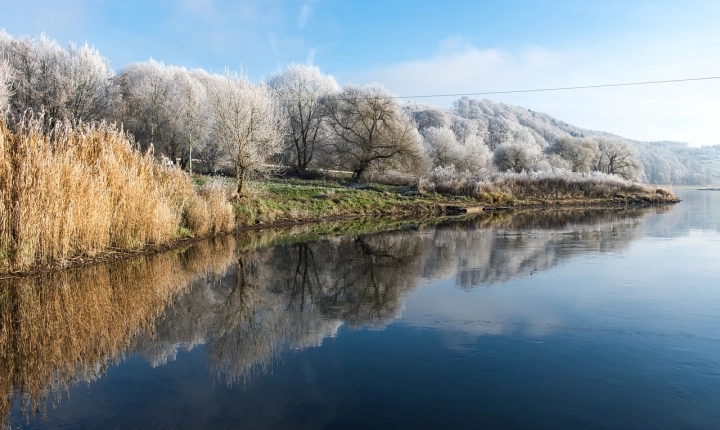Title: How to Generate AI Pictures: Exploring the Possibilities of Generative Models
In recent years, the field of artificial intelligence has made tremendous progress in the domain of image generation. Generative models, particularly Generative Adversarial Networks (GANs) and Variational Autoencoders (VAEs), have demonstrated remarkable ability to create realistic and compelling images. These advancements have opened up a world of creative possibilities, allowing artists, designers, and developers to explore new avenues for image generation.
So, how exactly can one generate AI pictures?
Understanding Generative Models
Generative models are a class of machine learning algorithms that are able to generate new data that is similar to the input data it was trained on. GANs, for example, consist of two neural networks – a generator and a discriminator – which work together in a game-theoretic framework to generate images. The generator creates images, while the discriminator evaluates how realistic these images are. Through this back-and-forth process, the generator learns to create increasingly convincing images.
Training the Model
To generate AI pictures, one must first train a generative model on a dataset of images. This dataset could include photographs, artworks, or any other type of visual data. During the training process, the model learns the patterns and features present in the input images, allowing it to later generate new, similar images.
Fine-Tuning and Experimentation
Once the model is trained, the fun part begins – experimenting with image generation. Depending on the specific generative model being used, various techniques can be employed to fine-tune the generated images. For example, in the case of GANs, tweaking the generator’s architecture, adjusting the input noise, or applying post-processing techniques can all lead to interesting variations in the generated images.
Exploring Applications and Use Cases
The ability to generate AI pictures has a wide range of applications across different industries. In the field of design, generative models can be used to create original artworks, patterns, and visual concepts. For game developers, AI-generated images can be used to populate virtual worlds with diverse and unique content. In marketing and advertising, AI-generated images can be used to create personalized visual content at scale.
Ethical and Creative Considerations
As with any AI application, ethical considerations must be taken into account when generating AI pictures. There are potential implications in terms of copyright, ownership of the generated images, and the potential for misuse. Furthermore, while generative models can create stunning images, the creative process should not be entirely handed over to machines. Human creativity and judgement should always play a crucial role in the selection and refinement of AI-generated content.
Looking Ahead
The field of AI picture generation is constantly evolving, with new models and techniques being developed at a rapid pace. As generative models become more sophisticated and accessible, we can expect to see even more exciting and innovative applications of AI-generated images in the future.
In conclusion, the ability to generate AI pictures opens up a world of creative possibilities, allowing individuals and organizations to explore new frontiers in imagery and design. Understanding the workings of generative models, experimenting with training and fine-tuning, and considering ethical and creative implications are all crucial steps in utilizing AI for image generation. With careful consideration and thoughtful application, AI picture generation has the potential to revolutionize the way we create and interact with visual content.
